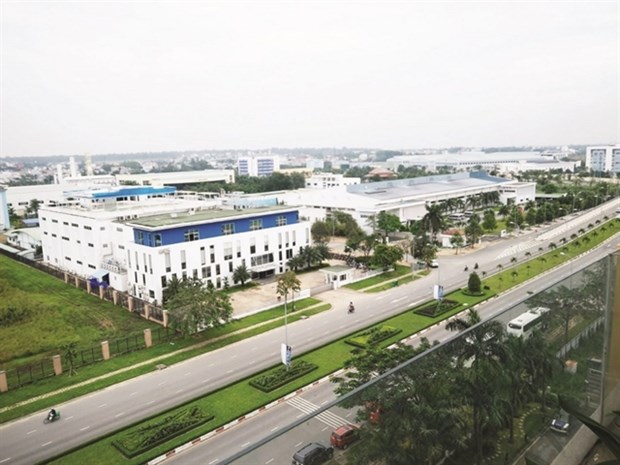HCM City seeking ways to attract more FDI
 |
| With FDI dwindling this year, HCM City is mulling ways to attract investors. (Photo haiquanonline.com.vn) |
HCM City – HCM City is enacting numerous solutions to facilitate FDI into the city by focusing on infrastructure and administrative procedures, as the fund poured into it has been dwindling this year.
The country’s biggest economic hub received 3.25 billion USD worth of FDI in the first nine months of the year, a 28 percent decrease year-on-year, according to the city's Statistics Office.
There were 719 new projects worth 407.4 million USD, 23.6 percent and 57.1 percent down.
Nguyen Anh Thi, head of management of District 9’s Saigon Hi-tech Park, said the park has been discussing with 15 potential foreign investors since the beginning of this year, but only issued a permit for one project worth 3 million USD.
The number of projects with investment of above 100 million USD is reducing while investors are increasingly moving away from HCM City and to other provinces.
Many investors have complained that traffic infrastructure and administrative procedures have not improved much.
In face of the situation, the city is speeding up work on infrastructure projects such as the metro line No 1 and Thu Thiem Bridge No 2.
It is also focusing on streamlining procedures involved in licensing permit, as well as further utilising information technology to reduce time spent on the procedures, and expanding online public services.
The city is also pushing up the construction of more industrial parks. It has recently proposed setting up of a new 280 hectares hi-tech industrial park in Binh Chanh District.
Meanwhile, industrial production is showing signs of recovery in HCM City post-COVID, benefiting from support policies.
Its Index of Industrial Production was 9.6 percent up in September, and 2.2 percent higher year-on-year, according to the Department of Industry and Trade.
The policies include deferment of tax and land rent payment, loans on easy terms from banks and consultancy.
Several industries have seen production rise since last month, food processing by 10.2 percent, chemicals by 33.4 percent, and rubber and plastic by 2.8 percent.
What the stars mean:
★ Poor ★ ★ Promising ★★★ Good ★★★★ Very good ★★★★★ Exceptional
Related Contents
Latest News
More News
- Global partnerships key to Vietnam’s IFC development (December 26, 2025 | 16:18)
- Vingroup pulls out of bid to invest in North-South high-speed railway (December 26, 2025 | 11:42)
- Strengthening supply chains through trade promotions and customs reform (December 24, 2025 | 14:00)
- PM orders investment model for North–South high-speed rail (December 22, 2025 | 17:43)
- LS Eco Energy to invest in Vietnam rare earth sector (December 22, 2025 | 17:31)
- Government moves to establish International Financial Centre (December 21, 2025 | 21:00)
- Vietnam's IFC to target global investment flows (December 21, 2025 | 18:00)
- Two national hospitals expand capacity with new facilities (December 20, 2025 | 09:00)
- Ha Tinh breaks ground on major Vingroup industrial and energy projects (December 19, 2025 | 18:24)
- EVN launches major power infrastructure projects nationwide (December 19, 2025 | 18:17)

 Tag:
Tag:




















 Mobile Version
Mobile Version